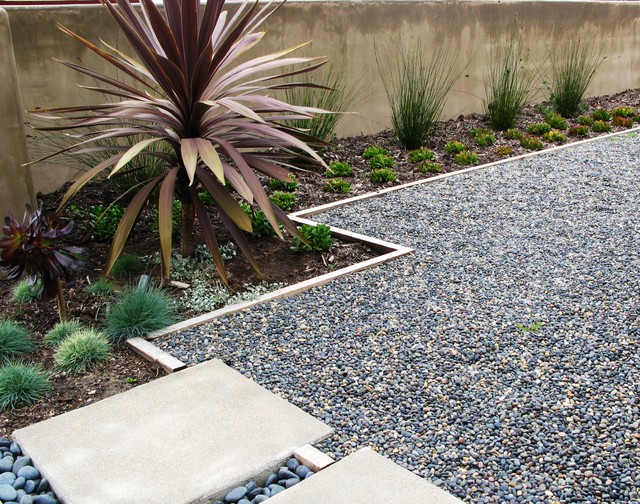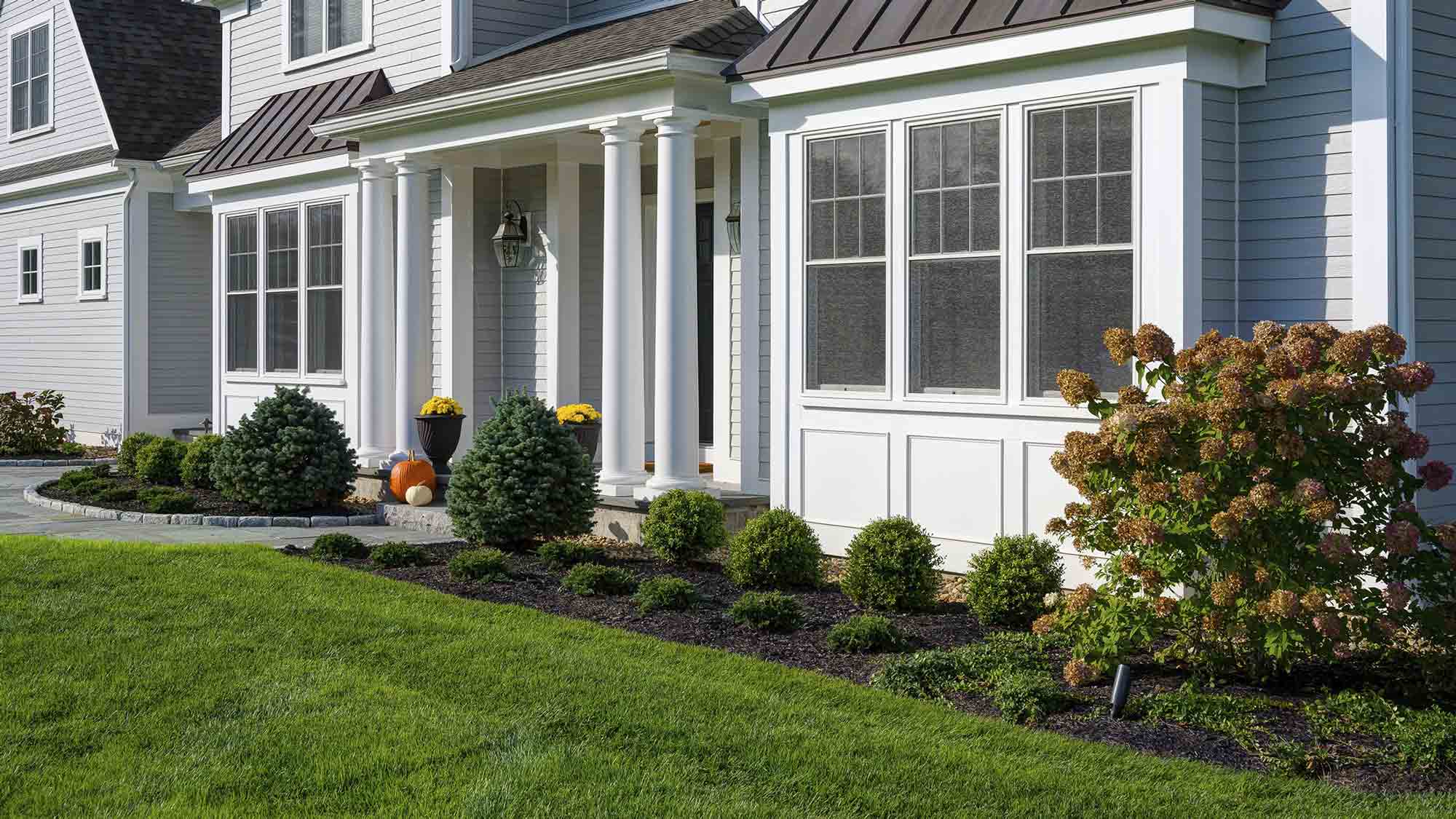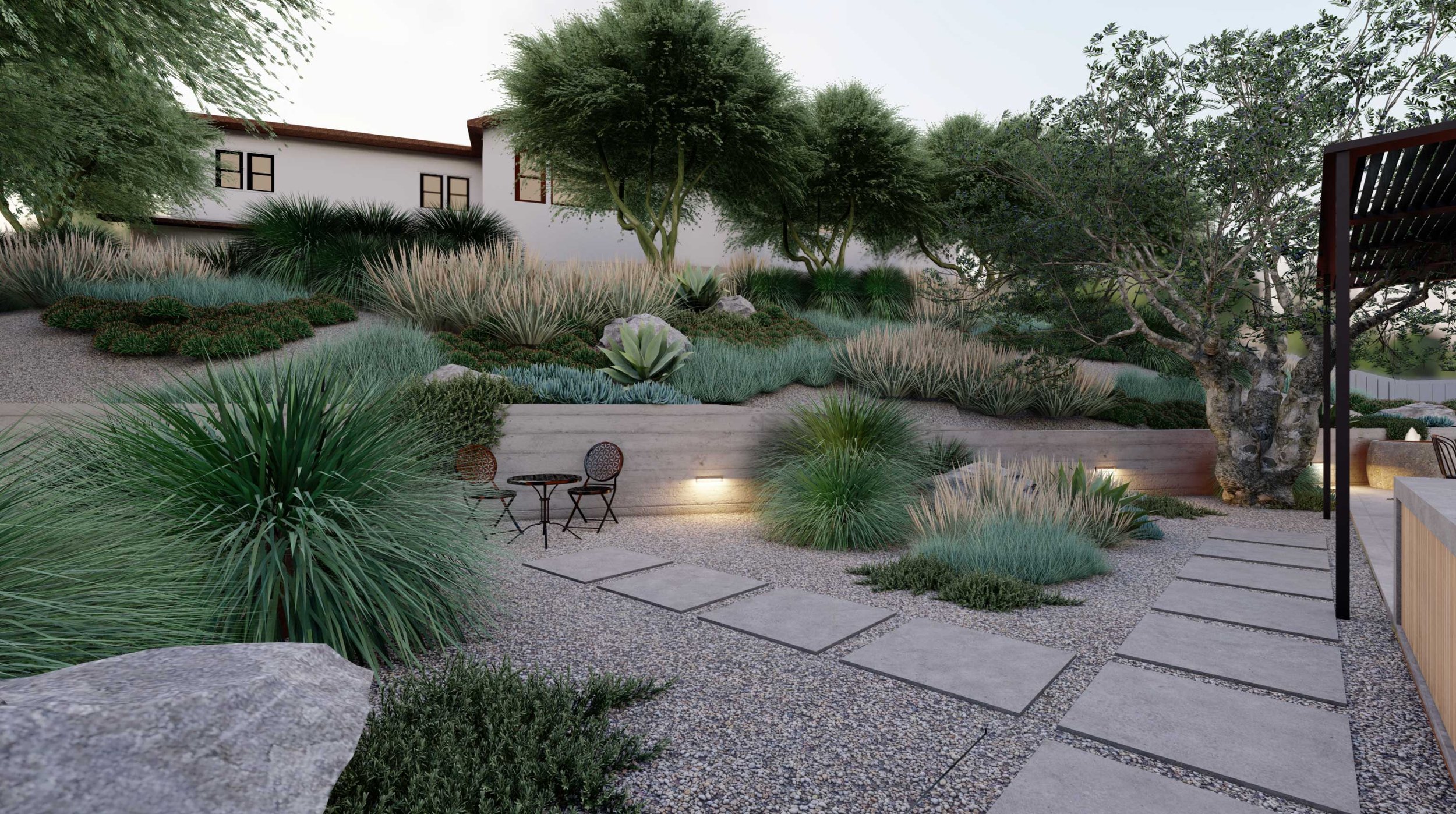Some Known Facts About Landscapers.
Some Known Facts About Landscapers.
Blog Article
Facts About Landscapers Uncovered
Table of ContentsEverything about LandscapersThe Ultimate Guide To LandscapersSome Of LandscapersLandscapers for DummiesThe Buzz on Landscapers
- A tree or bush (shrub) that loses its fallen leaves in winter months. In the PNW there are semi-deciduous or semi-evergreen plants that might lose their fallen leaves relying on just how chilly the winter season is. Abelia and some hebe are good examples. Landscapers. - A flat celebration area, made of wood or composite product (made to look like wood), typically adjacent or connected to a structure.

This is an all-natural procedure, and the result can be used for paths and patio areas. - Secret landscape features being proposed in a landscape design strategy.
The 30-Second Trick For Landscapers
These objectives direct the style process, not the designer's design or preferences. Typical design objectives in Portland are reduced upkeep, dry spell tolerant, and animal pleasant.
However, in time this layer can get really thick and make it hard for water, sun, and nutrients to get to parts of the turf.- The procedure of gathering and controlling the circulation of water on a home. This can be done with grading, French drains, dry wells, permeable surfaces, sump pump, rain gardens, and more.
- A slow-moving feeding watering system that uses flexible tubes and emitters to send an exact quantity of water to each plant. - The capacity of a plant to endure without much summer season water.
- A yard feature where water is represented by an accumulated rock product, normally a crushed rock or granite.- A stone or natural flagstone outdoor patio, path, or sidewalk developed without a concrete base.
Unknown Facts About Landscapers
- A stone preserving or free standing wall surface developed without using mortar. An extremely skilled mason is required for a dry stack rock wall surface. Many wall surfaces in Portland are not completely dry stacked, also if they appear to be. - An underground structure that collect water and enables it to slow percolate into the dirt around it.
Landscape layout that is suitable with a sites' setting in both look and sustainability without negative effects to the atmosphere. Bordering in the landscape is a line of separation that develops visual interest in the garden by dividing one segment from an additional segment. This can be visual or useful, maintaining one element (such as pea crushed rock) from obtaining mixed into one more (like bark dust).
Areas can also have a sensation of "room" given by trees, various other growings, fences, or displays. The landscape near the entrance to a building.
A plant that is not indigenous to the place where it will certainly be grown. Thicker bladed turf yard that spread out by means of rhizomes.: The level of soil on your residential or read the article commercial property prior to bark dust or garden compost is spread out.
Our Landscapers Statements

The purpose, reason, or action that a location is be landscaped for. Staircases operate, for instance, to permit foot web traffic up and down an incline. Room for growing plants for viewing, eating, or physical task. A roofed structure used over an outside celebration area. The sprouting of a seed, maybe referring to a lawn that is being expanded from seed.
Rock product, either rounded or fractured, that is relatively tiny- usually 1" or less. Low plants that are enabled or encouraged to spread over a location. Can describe any type of "tough" garden elements including statuary or stones however most commonly is made use of to describe courses, outdoor patios, and walls.: Elevation distinction between the level of water in a fish pond (or the degree of the pump if it rests outside the fish pond) and the upper electrical outlet of visit this site water which influences efficiency of the water pump in gph (gallons per hour). Dense shrubs or trees that develop a fencing, display, or boundary.

Landscapers - The Facts
Typical PNW landscapes are casual. A plant that spreads more than preferred, or into habitats where it does damages.
Smart irrigation controller reviews and suggestions here. 2-D rendering of the recommended watering system. Can consist of head positionings and protection, pipeline sizing, GPM specifications, and products needed to install this system. An irrigation strategy is usually unneeded for household homes but prevails for business projects. Accredited expert who creates landscapes, schooled in engineering and architecture along with in gardening.
The professional who prepares and establishes landscape projects, normally at a domestic or little industrial degree with the significant layout incentive on plantings. Landscape designers normally have much less schooling than Landscape Architects and are not Get More Information accredited. A finished landscape style, outlining all components for the new landscape. This typically takes the form of a drawing on paper.
A water tight HDPE material utilized underneath ponds, streams and waterfalls in water features. Using several plantings of the exact same selection to fill in an area in the landscape.
Report this page